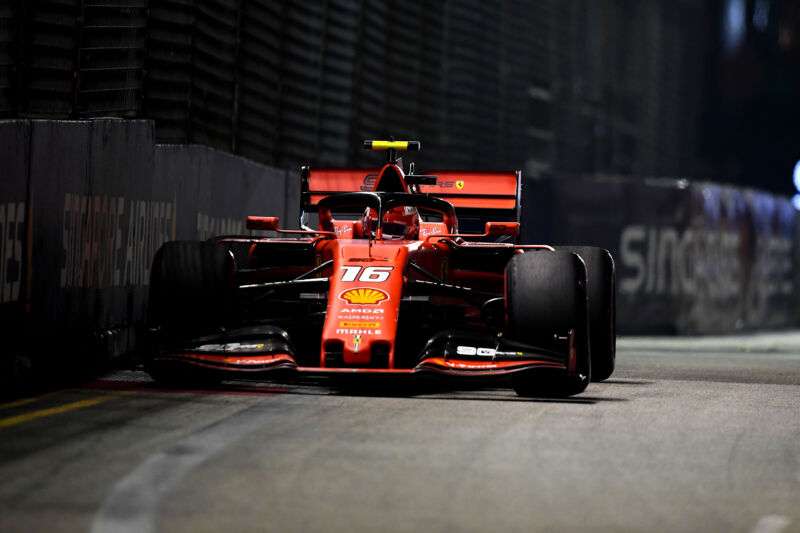
This new sensor is how F1 plans to stop teams from cheating in 2020
If the season ever gets started, this is how the fuel flow rules will be enforced. …

reader comments
11 with 10 posters participating
One of the big stories in F1 during the latter half of the 2019 season concerned exactly what Scuderia Ferrari was doing to get so much power out of its engine. Its cars were undoubtedly the fastest in a straight line for much of the year, although a “technical clarification” issued in November by the FIA—the sport’s governing body—coincided with a drop off in the Italian team’s speed.
Things got a little more interesting in February of this year, when the FIA announced that it had reached an agreement with Ferrari following an investigation into the matter. The announcement was more than a little cryptic, and part of the agreement with the team was a condition that while Ferrari wouldn’t do it again, exactly what “it” was will remain a secret. The 2020 F1 season is on hold thanks to the coronavirus, but if the cars do get back on track this year, they’ll do so with a new sensor that’s designed to prevent a possible repeat of last year’s shenanigans.
It’s only cheating if you get caught
When the F1 rule book changed in 2014, ushering in the current era of expensive, complicated, and overweight F1 cars, some of the regulations were meant to make the cars more fuel-efficient. One rule limits the cars to no more than 100kg of fuel during the race, and a second restricts the rate at which that fuel can be pumped into the engine, which can’t exceed 100kg/hr. (F1
Continue reading – Article source




